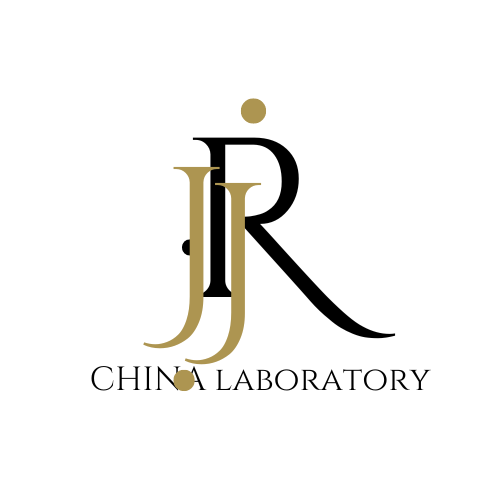
Do I Need to Test Every Color for CPSIA Compliance?
In the global market, children's product safety is a major concern. Consumers not only focus on functionality and design but also on whether products meet strict regulations. The Consumer Product Safety Improvement Act (CPSIA) is a key U.S. safety regulation for children's products, setting clear requirements for materials, components, and safety. While color itself is not a direct testing subject, the dyes and coatings used must comply with CPSIA standards. This article explores how to ensure color compliance in children's products, helping manufacturers and designers reduce risks and ensure product safety.
Key Aspects of CPSIA Standards
Enacted in 2008, CPSIA aims to enhance children's product safety and reduce health risks. The main provisions include:
1. Phthalate Restrictions
- Used as plasticizers in plastics and rubber, with CPSIA limiting their content to no more than 0.1%.
- Studies indicate that phthalates may affect children's endocrine and reproductive health.
2. Lead Content Restrictions
- CPSIA mandates that lead content in children's products must not exceed 90 ppm.
- Lead is a toxic metal that, with prolonged exposure, may cause cognitive development delays and neurological damage in children.
3. Other Hazardous Substances
- Includes heavy metals such as arsenic and cadmium, which may enter products through dyes, pigments, or other materials, necessitating strict control.
The Relationship Between Color and CPSIA Standards
Although color itself is not directly tested under CPSIA, the dyes, pigments, and coatings used may contain restricted substances, requiring special attention.
1. Safety of Dyes and Pigments
- As the primary source of color in children's products, they must be free from phthalates, lead, and other harmful substances.
- It is recommended to use certified eco-friendly dyes and request test reports from suppliers.
2. Safety of Paints and Coatings
- As key components of surface color, paints may contain lead or heavy metals.
- It is advisable to use lead-free paints to ensure CPSIA compliance.
3. Material Selection
- Plastics may contain phthalates, while textiles may contain harmful dyes.
- Manufacturers must ensure materials comply with CPSIA requirements and maintain supply chain transparency.
Steps to Ensure Color Compliance with CPSIA
1. Choose Compliant Dyes and Pigments
- During the design phase, prioritize certified eco-friendly dyes to ensure they do not contain restricted substances.
2. Test Materials and Dyes
- Conduct rigorous testing during production, preferably through third-party testing agencies, and retain reports for verification.
3. Use Lead-Free Paints
- If the product requires surface coatings, use lead-free paints that meet CPSIA standards to enhance safety.
4. Optimize Supply Chain Management
- Establish long-term cooperation with suppliers, requiring them to provide material composition details and test reports to mitigate compliance risks.
5. Stay Updated on Regulatory Changes
- CPSIA standards may change with regulatory updates. Manufacturers should closely monitor these changes to ensure continuous compliance.
Case Study: The Importance of Color Compliance
A children's toy manufacturer once opted for low-cost dyes, leading to excessive phthalate content that failed CPSIA certification. As a result, the company had to recall the products, incurring financial losses and reputational damage.
This case highlights that color compliance is not just a legal obligation but also a corporate responsibility. By carefully selecting dyes, testing materials, and optimizing supply chain management, companies can effectively mitigate risks and ensure product safety.
China JJR Test Lab provides testing services and welcomes sample submissions for compliance testing.
Email:hello@jjrlab.com
Write your message here and send it to us
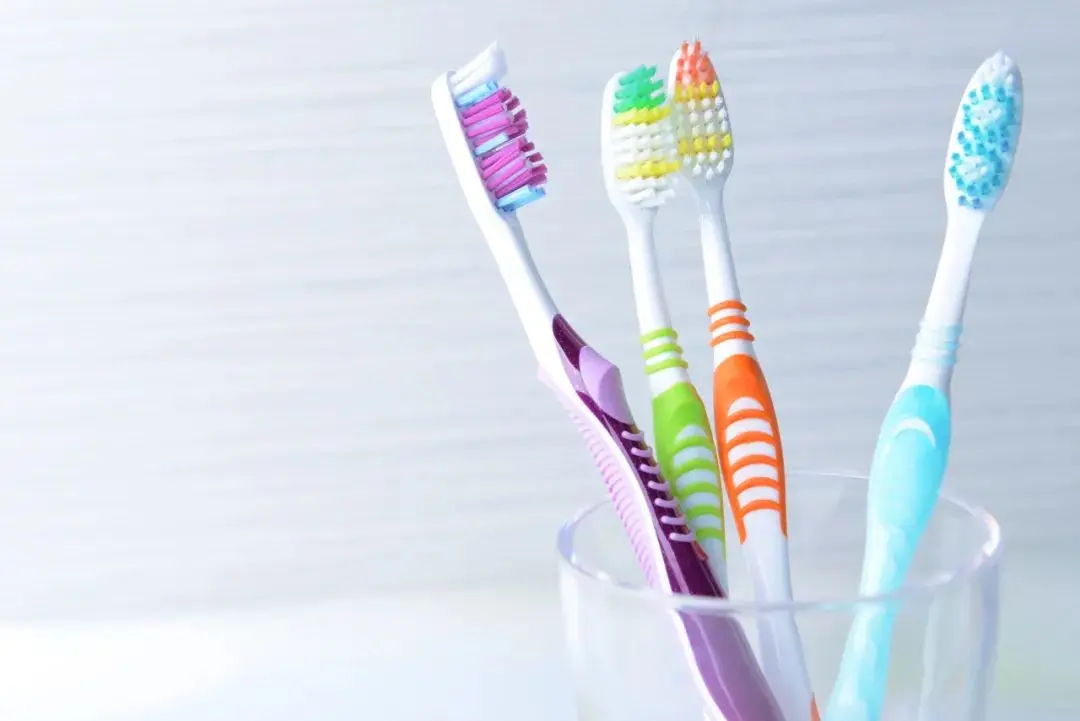 Toothbrush FDA Certification Testing
Toothbrush FDA Certification Testing
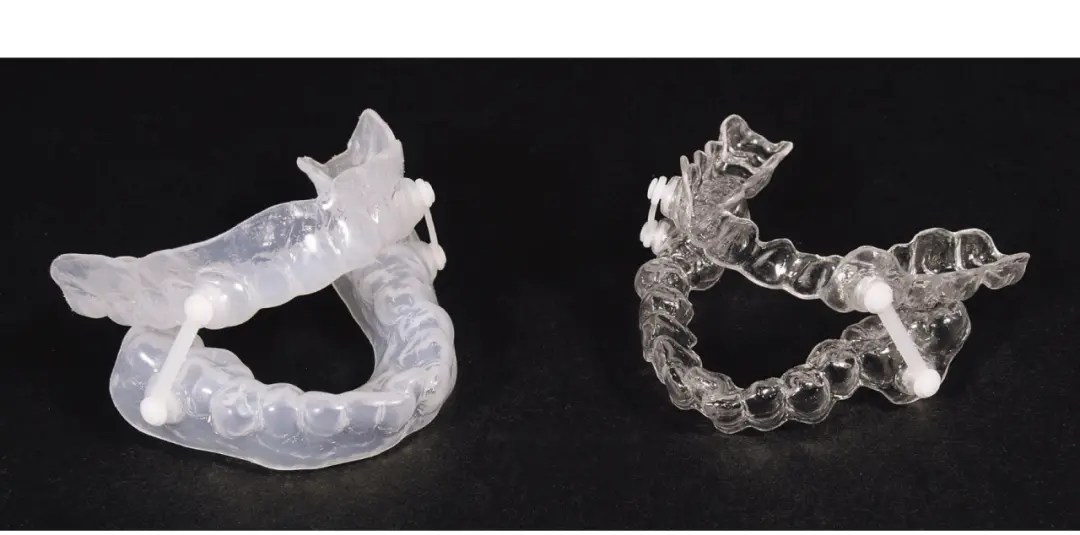 Snoring Device FDA 510k Standard Testing
Snoring Device FDA 510k Standard Testing
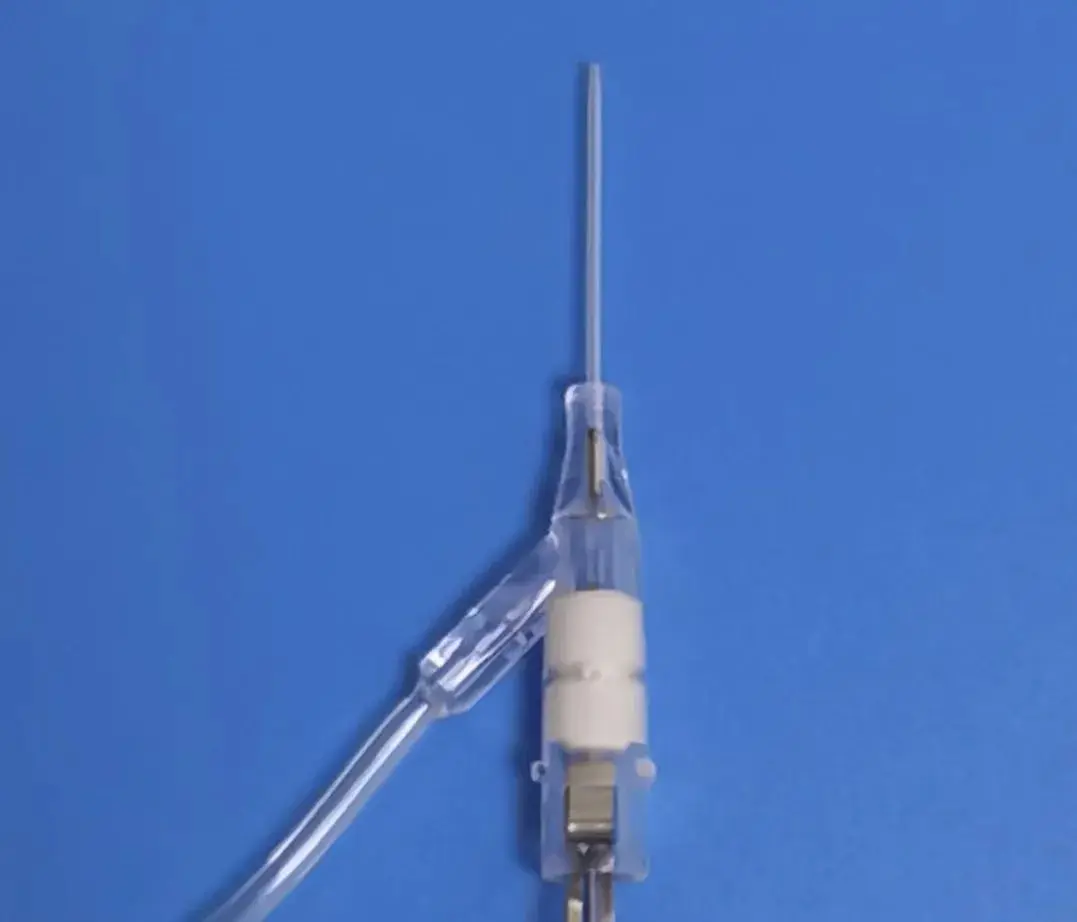 Single Use Intravenous Catheter Certification Test
Single Use Intravenous Catheter Certification Test
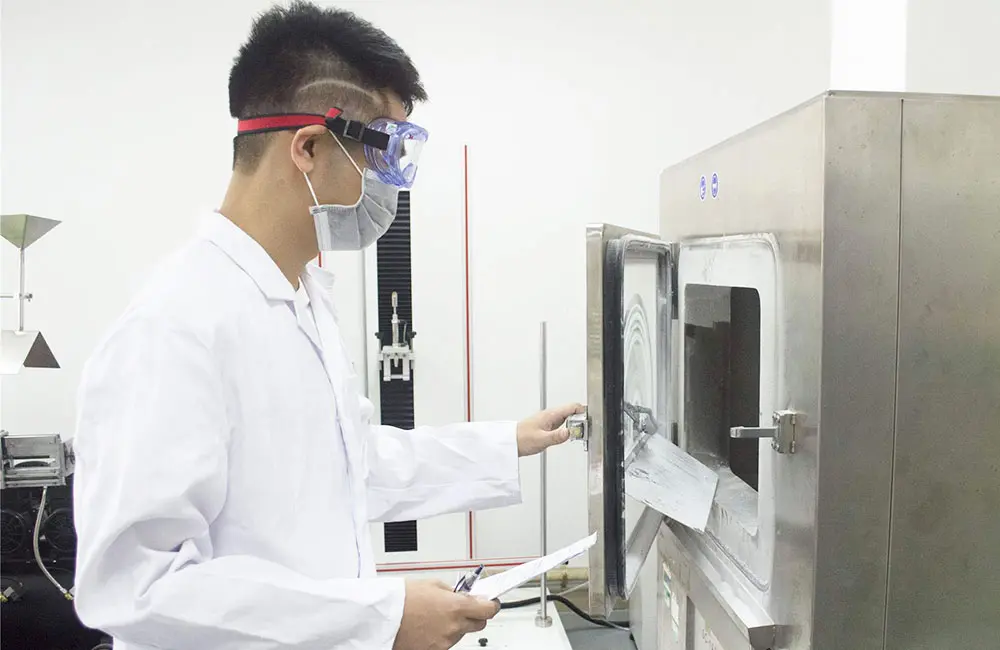 Silicone Material Product Compliance Certification
Silicone Material Product Compliance Certification
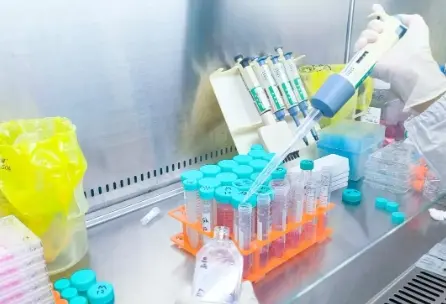 What to Do If Cytotoxicity Test Results Are Positi
What to Do If Cytotoxicity Test Results Are Positi
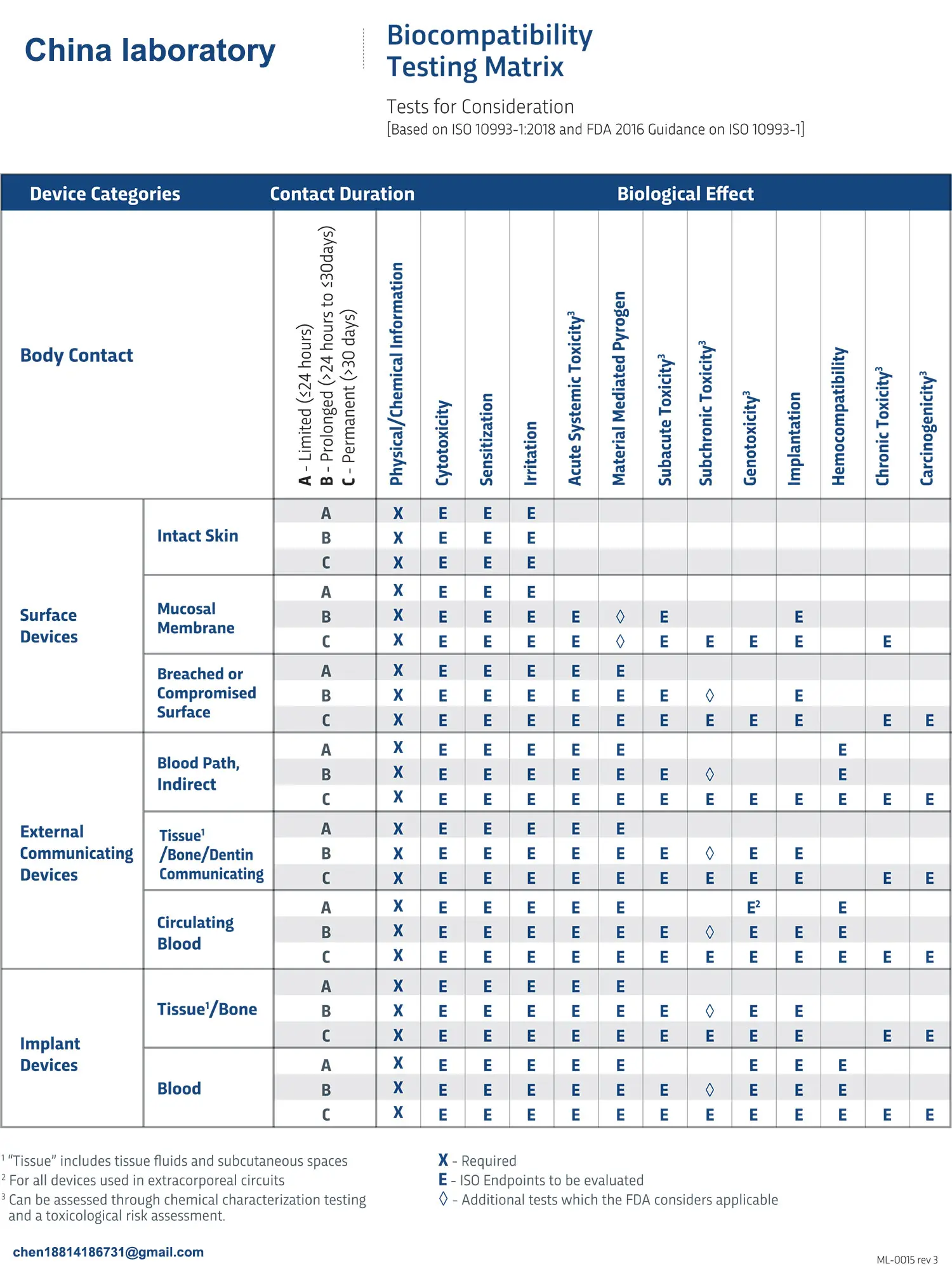 ISO 10993:5 Cytotoxicity Testing Methods
ISO 10993:5 Cytotoxicity Testing Methods
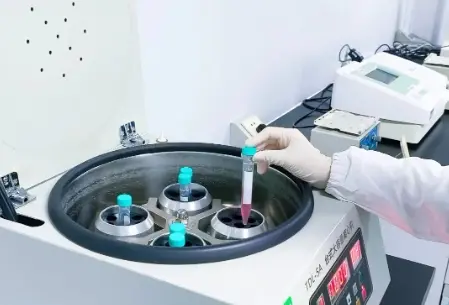 FDA ISO 10993-1 Biocompatibility Evaluation Guidel
FDA ISO 10993-1 Biocompatibility Evaluation Guidel
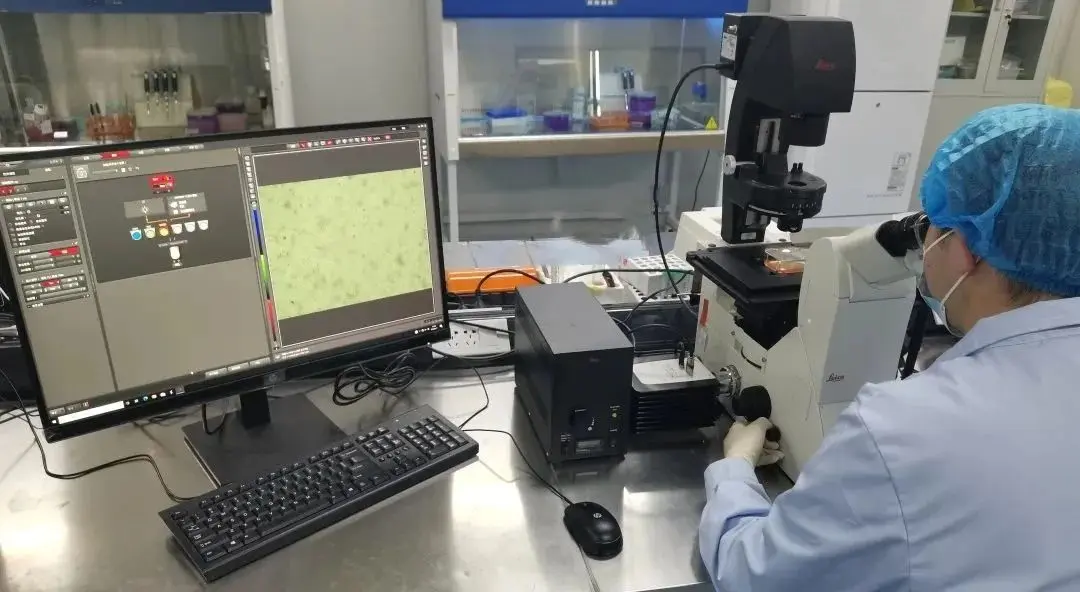 In Vitro Cytotoxicity Testing for Medical Devices
In Vitro Cytotoxicity Testing for Medical Devices
Leave us a message
24-hour online customer service at any time to respond, so that you worry!
